Sanatana Dharma Explained: Tracing Its Roots, Context And Politicisation
Sanatana Dharma has been entrenched in political controversies for a while. We try to decode what it really means.
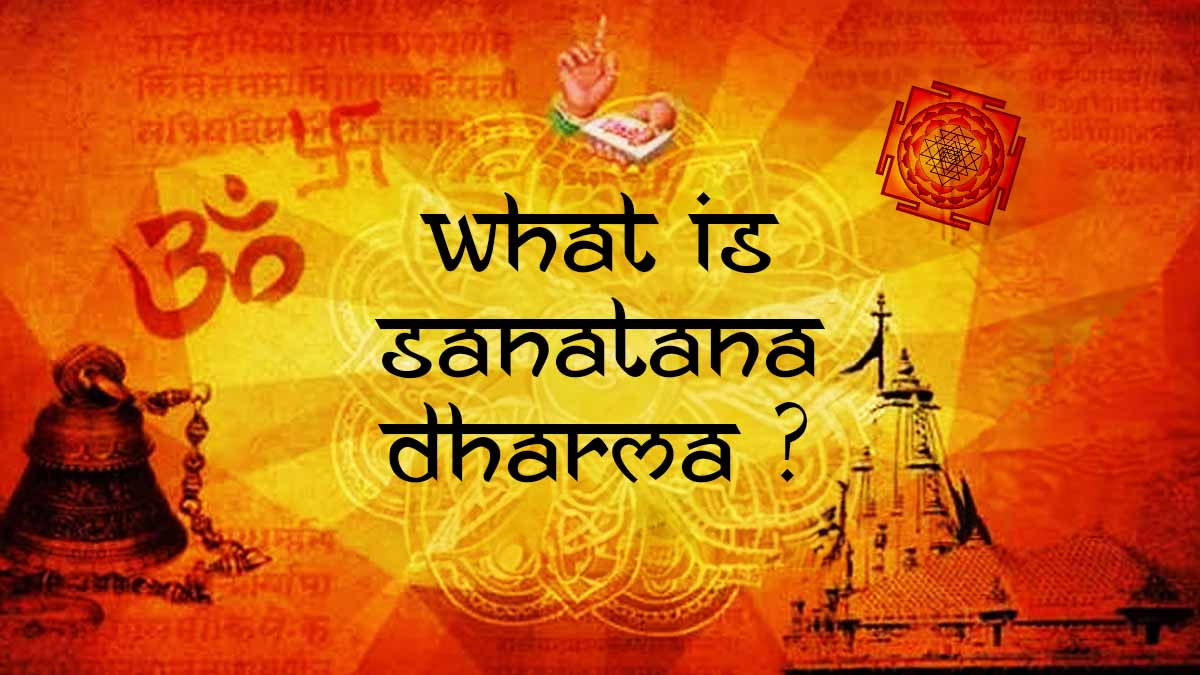
Sanatana Dharma has been entrenched in political controversies for a while. We try to decode what it really means.

Religion in India can be an all-encompassing identity, grounds for contentious claims or even the perfect example of harmony in diversity. Deeply enmeshed with culture, religion is often the foundation stone of people’s existence.
The phrase from the ancient epic Mahabharata, that is most repeated and reused, are
Yada yada hi dharmasya glanirbhavati bharata |
Abhythanamadharmasya tadatmanam srijamyaham ||
Which loosely translates to “when religion is destroyed, God himself comes to earth”.
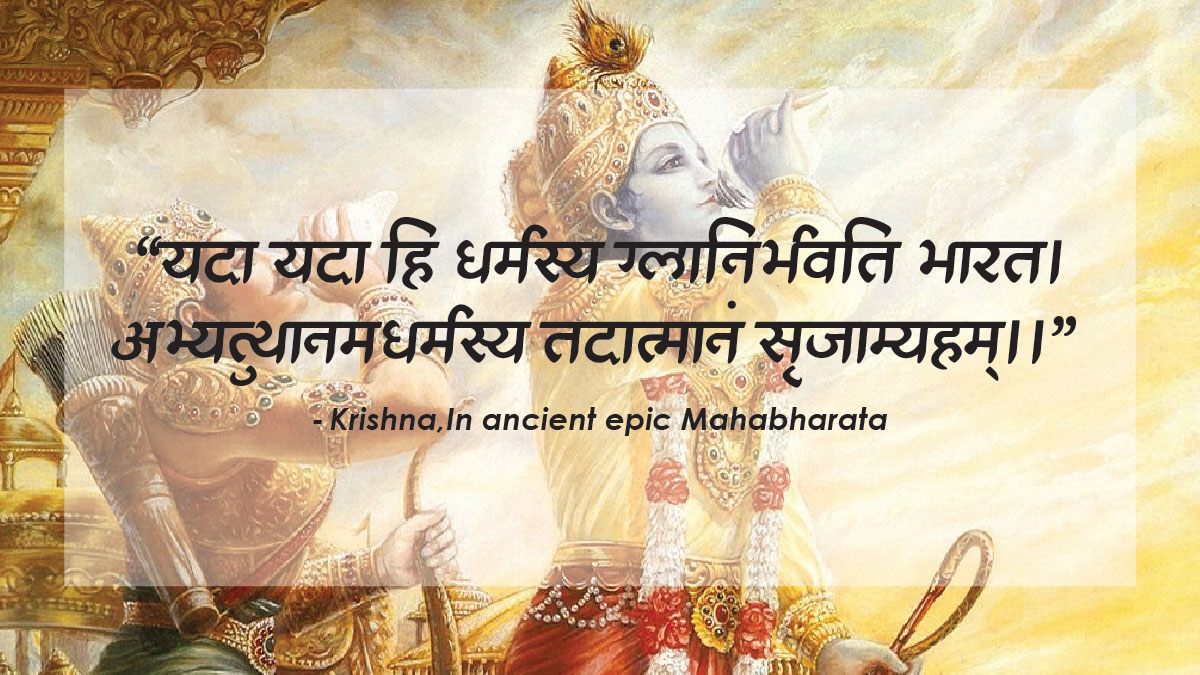
But religion itself has been hard to define sometimes. A prime example of that can be the discourse and political limelight on “Sanatana Dharma”.
We try to decode what it really means, and why it keeps coming under the limelight.
The words Sanatana Dharma in Sanskrit can be translated to “eternal religion” or “eternal law” or “eternal way”.
Sanatan means ever-lasting, unshakeable or absolute.
Dharma refers to “duty”, and originates from the Sanskrit root "dhri”, signifying "to uphold" or "that which is inherent in something". In essence, it refers to duties that sustain them.
Sanatana Dharma has also previously been loosely translated to “unshakeable, venerable order”, or “ancient and continuing guideline
As cited in Brittanica, and elaborated on by Iskcon Educational Services, the Sanatana Dharma doctrine encompasses an “eternal or absolute set of duties or religiously ordained practices incumbent upon all Hindus, regardless of class, caste, or sect”.
Even though a lot of the principles of Sanatana Dharma are based on Vedic literature (which we’ll get into later in the article), mythologist and author Devdutt Pattanaik posted on X (formerly Twitter) in the wake of the recent political controversy, that the word “Sanatan”, does not appear in the Vedas.
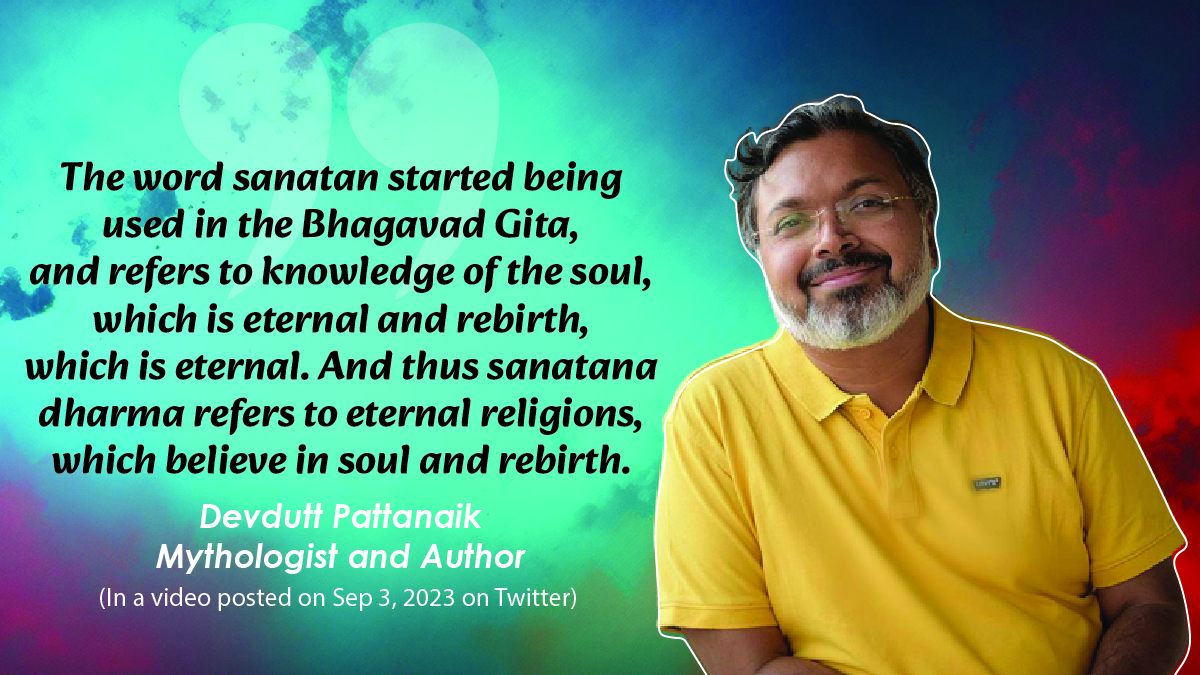
Pattanaik explains in a video, “The word Sanatan started being used in the Bhagavad Gita, and refers to knowledge of the soul, which is eternal and rebirth, which is eternal. And thus Sanatana Dharma refers to eternal religions, which believe in soul and rebirth.” In an articleposted on his website, he further says “Sanatan Dharma is a term used for religions based on rebirth. So it is applied to Jainism, Buddhism and Hinduism.”
Another thought refers to the Bhagavad Gita, where, in the 40th verse of the first chapter Arjun uses the word Sanatan.
In his 1994 book titled 'Hindus: Their Religious Beliefs and Practices’, Julius J Lipner, Emeritus Professor of Hinduism and Comparative Study of Religion at the University of Cambridge, explains that Arjuna used this term while expressing to Krishna that "when the clan is corrupted, the eternal principles of the clan are obliterated”.
Sri Adishankaracharya, an ancient Vedic scholar, is said to have established four places of pilgrimage, or ‘Amnaaya Peethas’, in four corners of the nation – Joshimath in the North, Puri in the East, Dwaraka in the West and Sringeri in the South - to propagate the teachings of Sanatana Dharma.
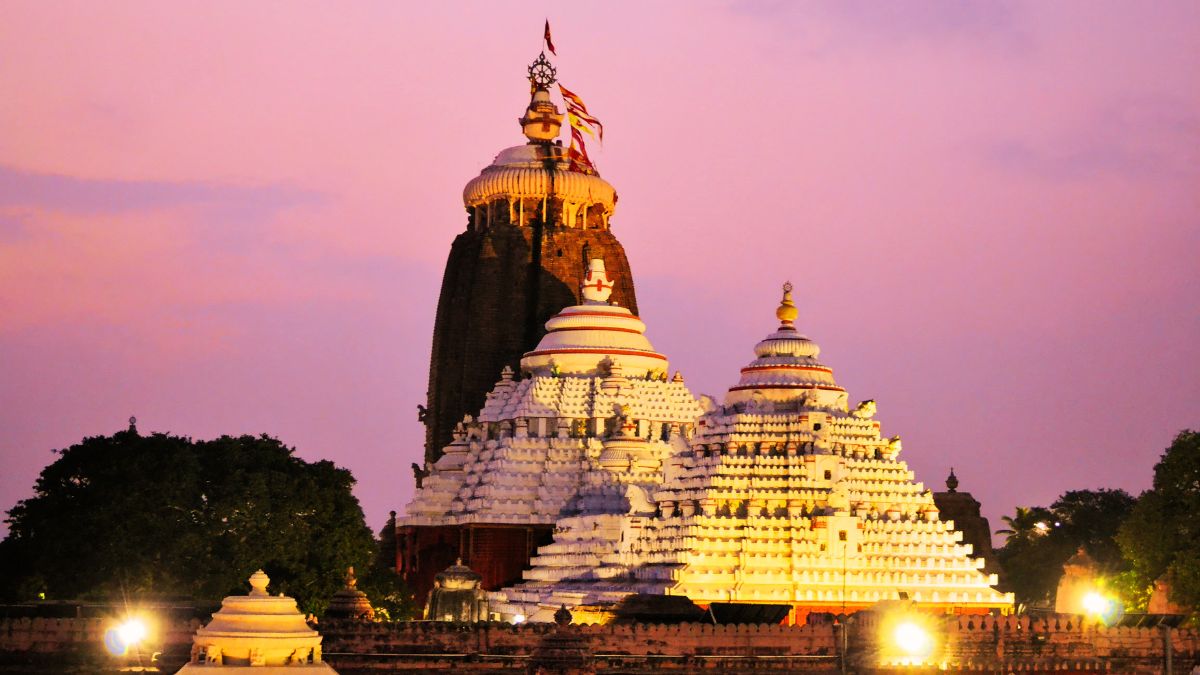
It was as recent as the 19th Century, when Sanatana Dharma gained popularity and was defined in a more organised way. It was used to establish what Hinduism should be like.
Historian John Zavos, in his 2001 essay titled 'Defending Hindu Tradition: Sanatana Dharma as a symbol of orthodoxy in colonial India' pointed out that the phrase became widely recognised in the late 19th century.
“Sanatana Dharma was born out of direct confrontation with colonialism,” explains Sourav Ghosh, PhD scholar at the University of California, Berkeley. “When ethnography first started, and colonial surveyors started doing the rounds, the question that became important was ‘Who are you?’” he added.
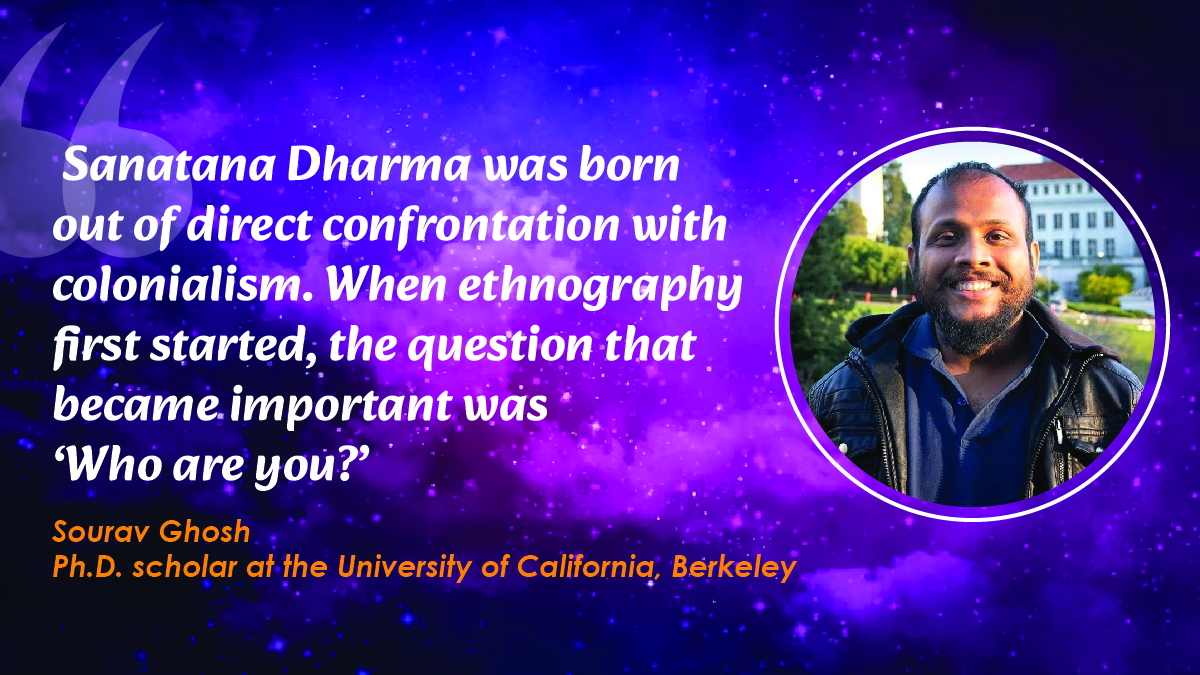
Zavos in his paper also mentions the Punjab Censor Report 1891 in which the Censor Superintendent had observed that fundamentalist Hindus called themselves Sanatan Dharmi.
At this time, several movements advocated the revival of Hinduism or rescuing Hinduism, as they thought the religion had declined under Muslim rule in India. Zavos explained that all those who were against these reforms and movements considered themselves to be following Sanatan Dharma.
Mythologist Devdutt Pattanaik in a post on September 17, while the Sanatana Dharma political war waged on, wrote, “In 19th century, many Hindu reform movements were emerging in Maharashtra challenging old practices (child marriage, caste oppression, untouchability), encouraging new practices (widow remarriage, education for all). These included Prarthana Samaj (led by progressive Brahmins) and Satyashodhak Samaj (led by Jyotiba Phule that drew attention to the plight of Dalits).”
He also explains in a video, “This was opposed by conservative Hindus, who identified as Sanatani Hindus, who were maintaining ancient practices that promoted caste values and patriarchy.”
The crux of the revolt was based on Brahmins being furious at the loss of ancient traditional hereditary rights, and status, which they insisted was the foundation of a stable Hindu society.
The Arya Samaj version of Hinduism, which was more non-divisive in nature, faced this reaction from orthodox Hindus because who is a Hindu and who is not, is difficult to define.
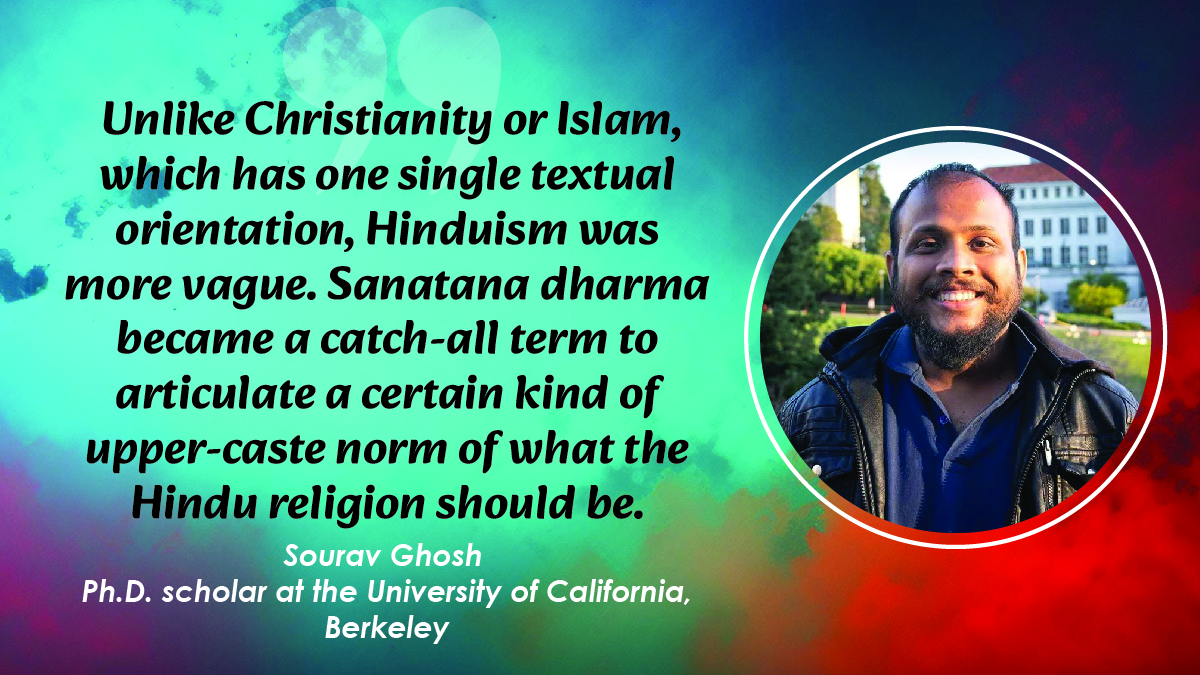
Sourav Ghosh, the PhD scholar said, “Unlike Christianity or Islam, which has one single textual orientation, and some organisation to the religion, Hinduism was more vague. Sanatana Dharma became a catch-all term to articulate a certain kind of upper-caste norm of what the Hindu religion should be. It was new, in the sense, the articulation of it was new.”
According to Sourav, the idea of Sanatana Dharma was a very protestant, European reformatory in its style. For example, many folk deities, which are important in different regions, were not a part of it.
“It's very textual, follows Vedic norms, and prioritises rituals like yagyas,” says Sourav, while adding, “It can be defined as an aspiration, to define a certain kind of Hindu identity. It was an attempt by reformary orthodox Hindus to define the religion.”
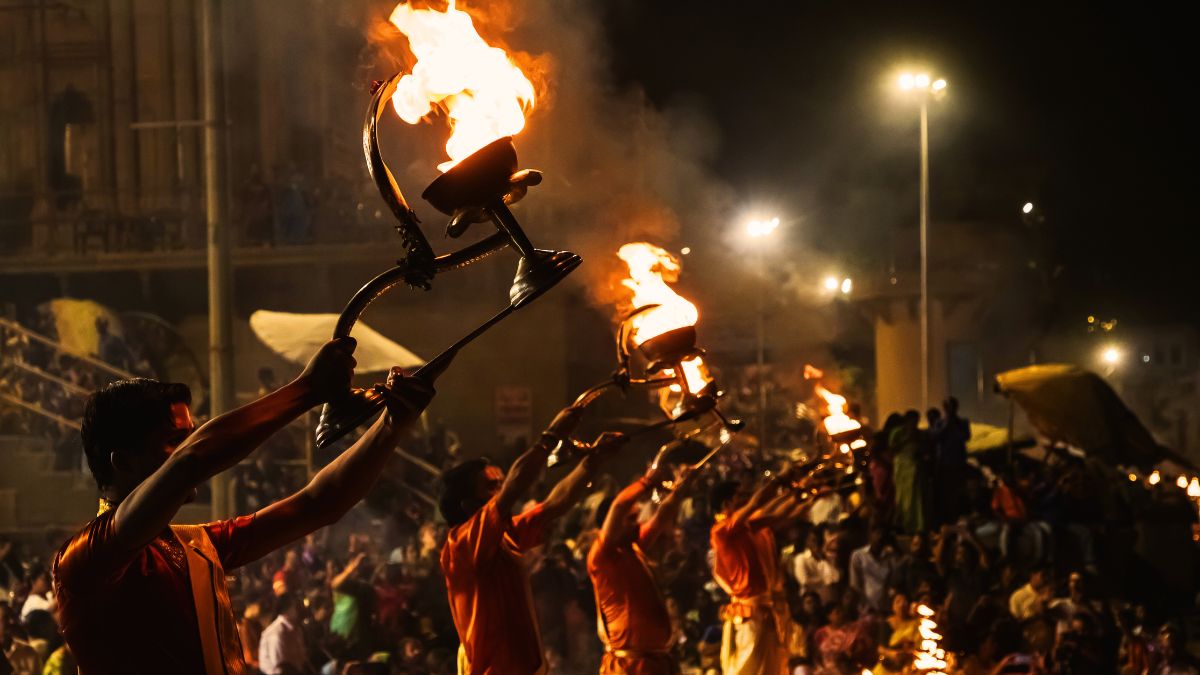
Lokmanya Tilak, a religious leader known for his ideas of swaraj, or self-governance, opposed the Samaj notions of Hinduism, and saw it as a “Trojan Horse introduced by British and Christian reformers to destroy Hindu society.”
Pattanaik notes, “He (Tilak) believed that Vedic rites were for Brahmins only. Not for non-Brahmins. And certainly not for Shudras. He argued that Hindu society as we know it would unravel if traditions were discarded under British and Christian influence.”
While the Aryas samajis criticised image worship and the position of Brahmins in traditional Hindu society, the Sabhas advocating for Sanatana Dharma reacted by arguing in defence of the caste system and idol worship. While there wasn’t one defined doctrine, what united Sanatanis was their revolt against the reformary notions.
Pandit Din Dayal Sharma established an organisation called ‘Sanatan Dharm Sabha’ arguing in favour of idol worship and the like. Other organisations like the ‘Bharat Dharma Mahamandal’ and Hindu Mahasabha advocated the same.
The implied meaning of Sanatan Dharma has been interpreted differently by different religious and thought leaders.
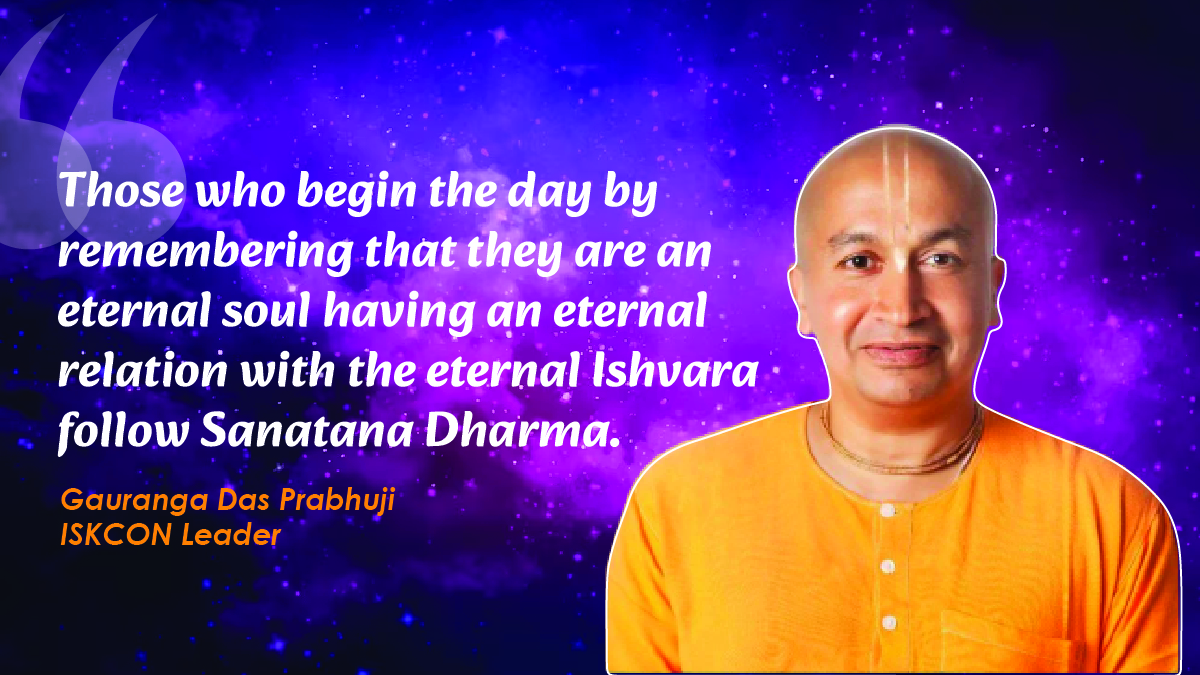
Gauranga Das Prabhuji, a ISKCON leader, said in an interview with HerZindagi, “the eternal relationship of service between the Sanatana Jiva and the Sanatana Ishwara is known as Sanatana Dharma.” He further elaborated the meanings of the two words, “The Gita says yes the 5 th topic of the Vedic literatures is Ishvara or the supreme controller and defines the Ishvara as Sanatana or eternal and the Jiva as the eternal fragmental part and parcel of the supreme Ishvara.” When asked who, according to him, follows this practice, he said, “Those who begin the day by remembering that they are an eternal soul having an eternal relation with the eternal Ishvara.”
However, he did also explain that like many other practices, Sanatana Dharma too has been misrepresented in the modern day. “Sanatana Dharma originally emphasises on action based on nature and qualification. But this has been improperly applied in many periods of history and many places in current times as discrimination based on caste and untouchability,” he said.
Sadhguru, founder of Isha Foundation and an advocate of Yoga wrote in an articlepublished in 2015 on Isha Foundation’s website, “The purpose of the Sanatana Dharma should be to instigate a spirit of profound inquiry, not to impose our ideas on someone else.” He has also referred to it as “a set of rules and a way of life.”
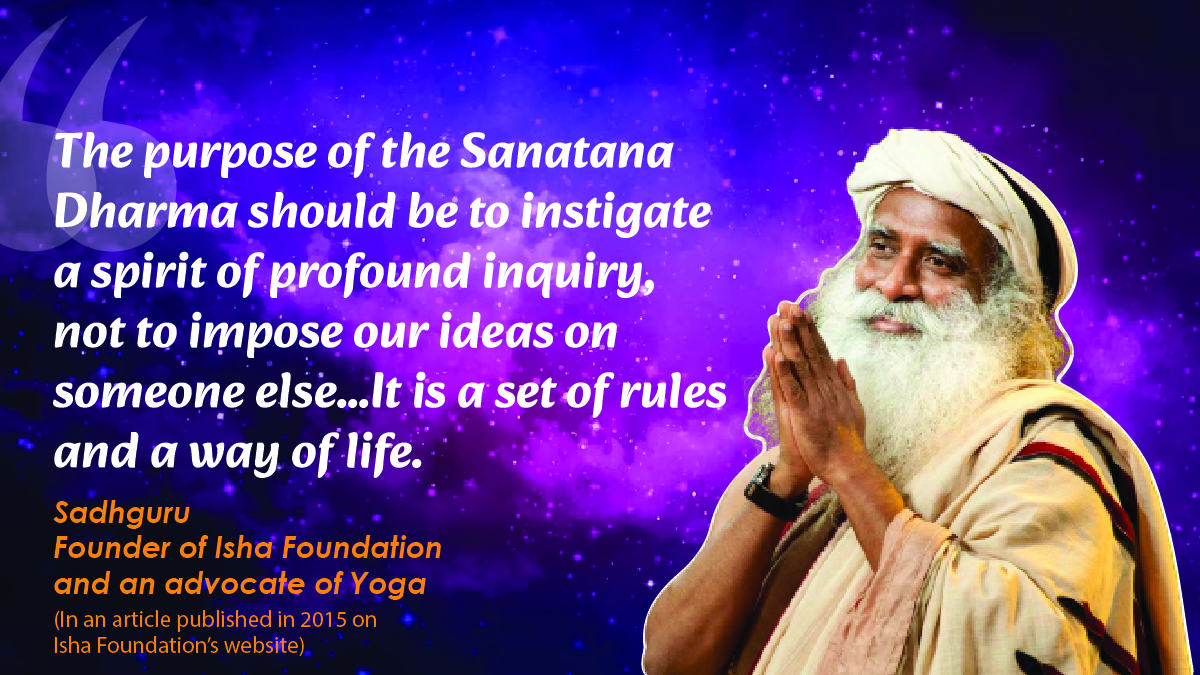
Spiritual and humanitarian leader Sri Sri Ravi Shankar, founder of the Art of Living, wrote in an article in his own foundation, "Hindu principles have definition from time to time is the speciality of this world."
Without a monolith, the meaning of Hinduism at large is defined personally by those following it.
In recent times, Sanatana Dharma has been politicised and used by parties in various public speeches in a bid to attack other parties.
DMK leader, Minister and son and MK Stalin, Udhayanidhi Stalin said at an event, Sanatan Dharma is against social justice and should hence be eradicated. He said, “Few things cannot be opposed, they should be abolished. We can’t oppose dengue, mosquitoes, malaria or corona, we have to eradicate them. In the same way, we have to eradicate Sanatana (Sanatan Dharma), rather than opposing it.”
It predictably caused a furor, and BJP launched a counter attack, slamming his remarks. BJP IT cell chief Amit Malviya said that Udhayanidhi was calling for “genocide of 80% population of Bharat, who follow Sanatan Dharma.”
PM Modi too at a rally said that the INDIA Alliance is trying to erase 'Sanatana Dharma', the values of which had inspired Swami Vivekananda and Lokmanya Tilak.
…
The bottom line we could gather from our research is that faith is personal. Thus it is defined differently by different people following a particular practice. It’s in the 19th century that Sanatana Dharma got associated with a conservationist, orthodox approach, but even today is defined more liberally by others following Sanatana Dharma.
We didn’t find one codified doctrine which can be held as the ultimate truth of Sanatana Dharma. Which entails that people who identify as sanatanis, define it in their own way.
Sources:
Sanatana Dharma, Brittanica
(https://www.britannica.com/topic/sanatana-dharma )
21 Principles of Sanatan Dharma, Article posted on Devdutt Pattanaik’s website, dated January 24, 2022
(https://devdutt.com/21-principles-of-sanatan-dharma/ )
Hindus: Their Religious Beliefs and Practices, Book by Julius J Lipner, 1994
Defending Hindu Tradition: Sanatana Dharma as a symbol of orthodoxy in colonial India, Essay by John Zavos, 2001
Post on X by Devdutt Pattanaik, Sep 17, 2023
https://twitter.com/devduttmyth/status/1703271295599980886
Sanatana Dharma – A Profound Sense of Inquiry, Article posted on Isha Foundation’s website, excerpted from a talk by Sadhguru from 4th Oct 2015.
(https://isha.sadhguru.org/in/en/wisdom/sadhguru-spot/sanatana-dharma-a-profound-sense-of-inquiry )
Understanding Hinduism with Sri Sri Ravi Shankar, Article posted on Art of Living’s website
(https://www.artofliving.org/understanding-hinduism-sri-sri-ravi-shankar )